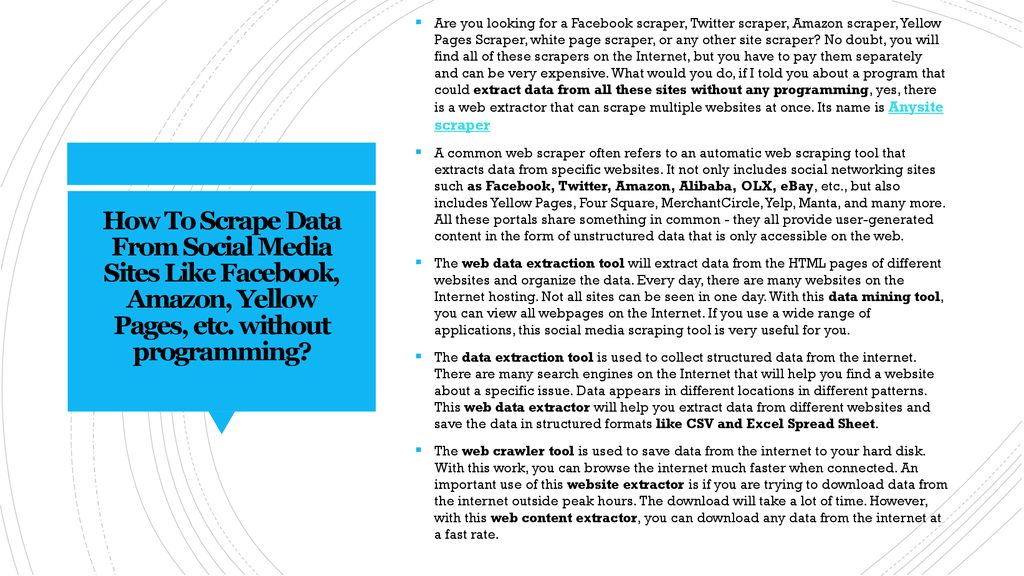

Select the puzzle icon in the upper right corner of … Hi, I’m going to assume that you are using Windows. So now I have switched to using Chrome full time. You may also want to open websites in different windows instead of different tabs on the same browser. A common scenario in a website (or web application) is opening up a new browser (or tab) on the click of a button.

Let us walk you through our process and how we can maximize your Return On Ad Spend.The last trick is use different browsers at the same time. Bottom line, countless hours can be saved tracking multiple websites with tag manager. This gives you one tag that works for all sites that this container is functioning on.Ī whole new world of tracking possibilities is open by using the lookup table, and we will be talking about many more of them in the future. Now, when you go to each site in your list it will use the proper tracking id for all the sites in this tag. Either type it in or use the Lego brick next to the form to select it.įinally, set your trigger of all pages and publish. Let’s see how this works.įirst you need to create a new variable and select Lookup Table. Google Tag Manager allows us to ask the question of, “What site am I on?”, and then give the answer by using the proper Google Analytics account. It is called the Lookup table in Google Tag Manager. With this much similarity and the only difference being tracking, it would be a whole lot of copy and paste work to track all these sites at once. And depending on the number of sites you have this could be an awful experience.īy default, these sites have similar contact forms, purchasing tools, custom metrics, custom events, etc. That would mean that any change we made to the analytics tracking would have to be done for every site. What we are trying to track is similar across sites, it would be a pain to create a new container or a new tag for each Google Analytics pageview or event we want to track. Most commonly, because individual managers only need access to a specific site’s data. These clients tend to have a template with similar functionality on their sites, but each site needs its own analytics ID or profile view for varying reasons. They may be a property management company with a website for each property, or a franchise business that has a different website for each location to have local variation in copy, messaging, and more. We have many clients that use multiple websites for marketing.

This is especially true when dealing with multiple websites. Tag Manager has made analysts’ lives easier over the last few years.


 0 kommentar(er)
0 kommentar(er)
